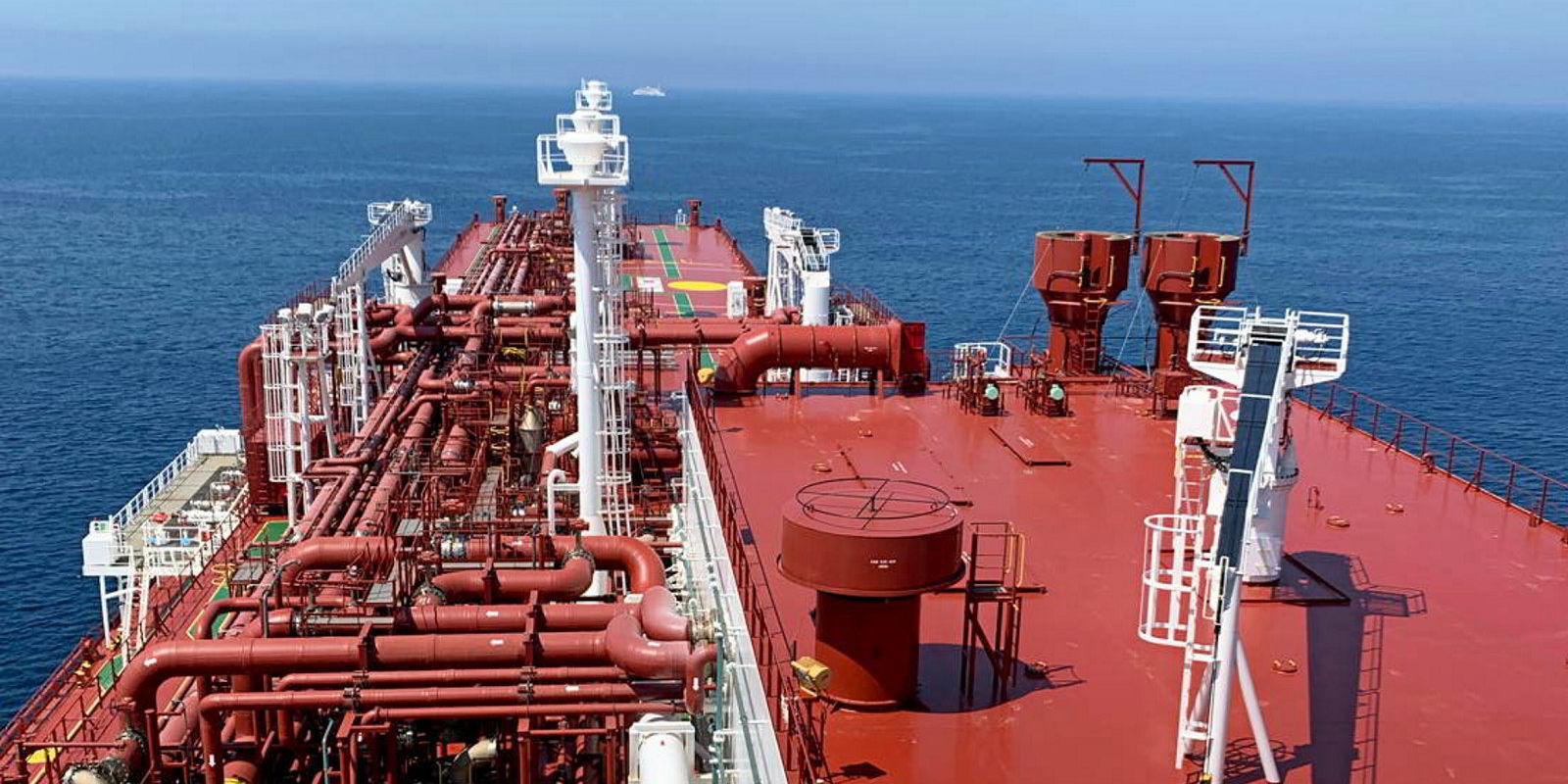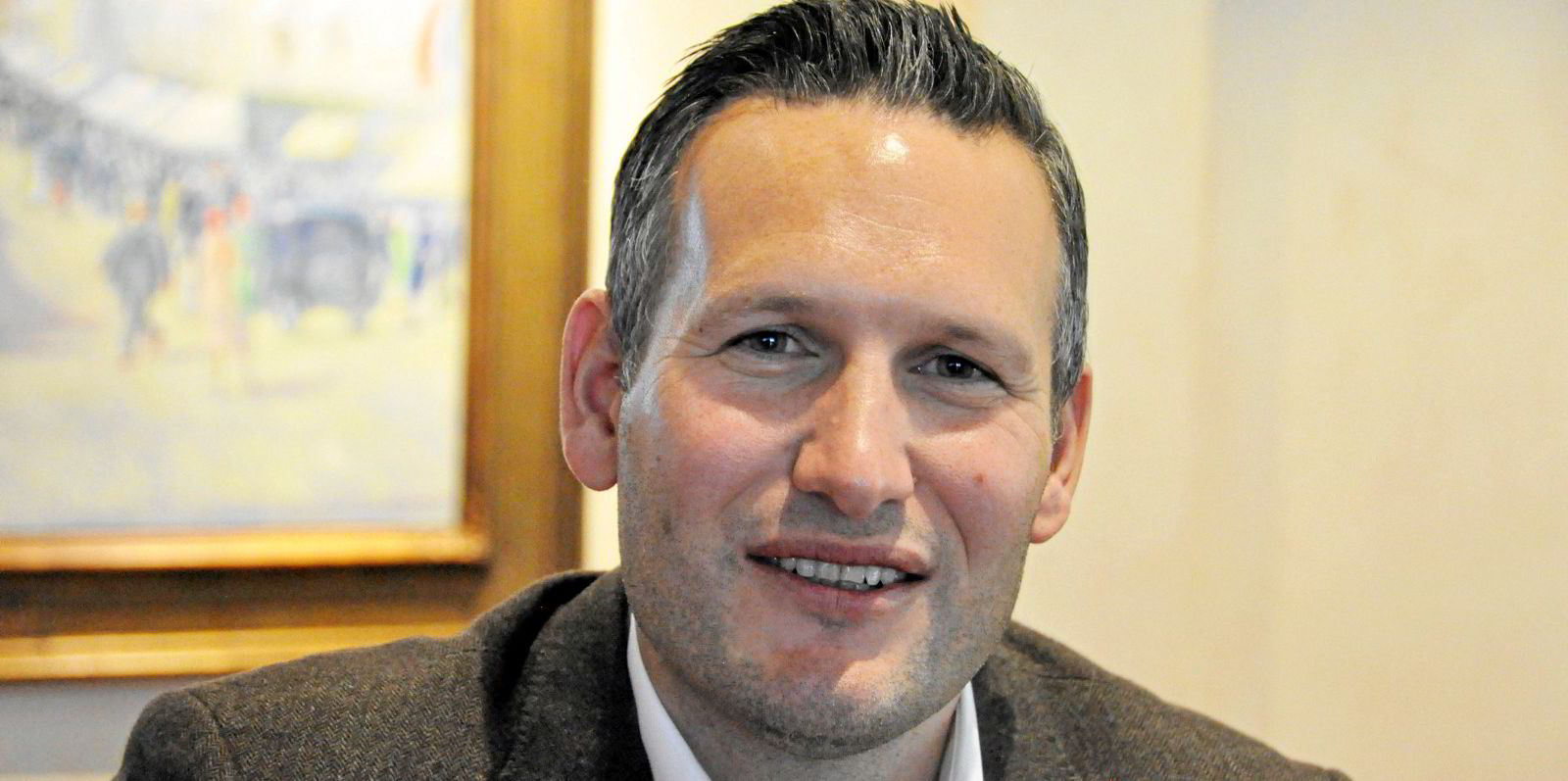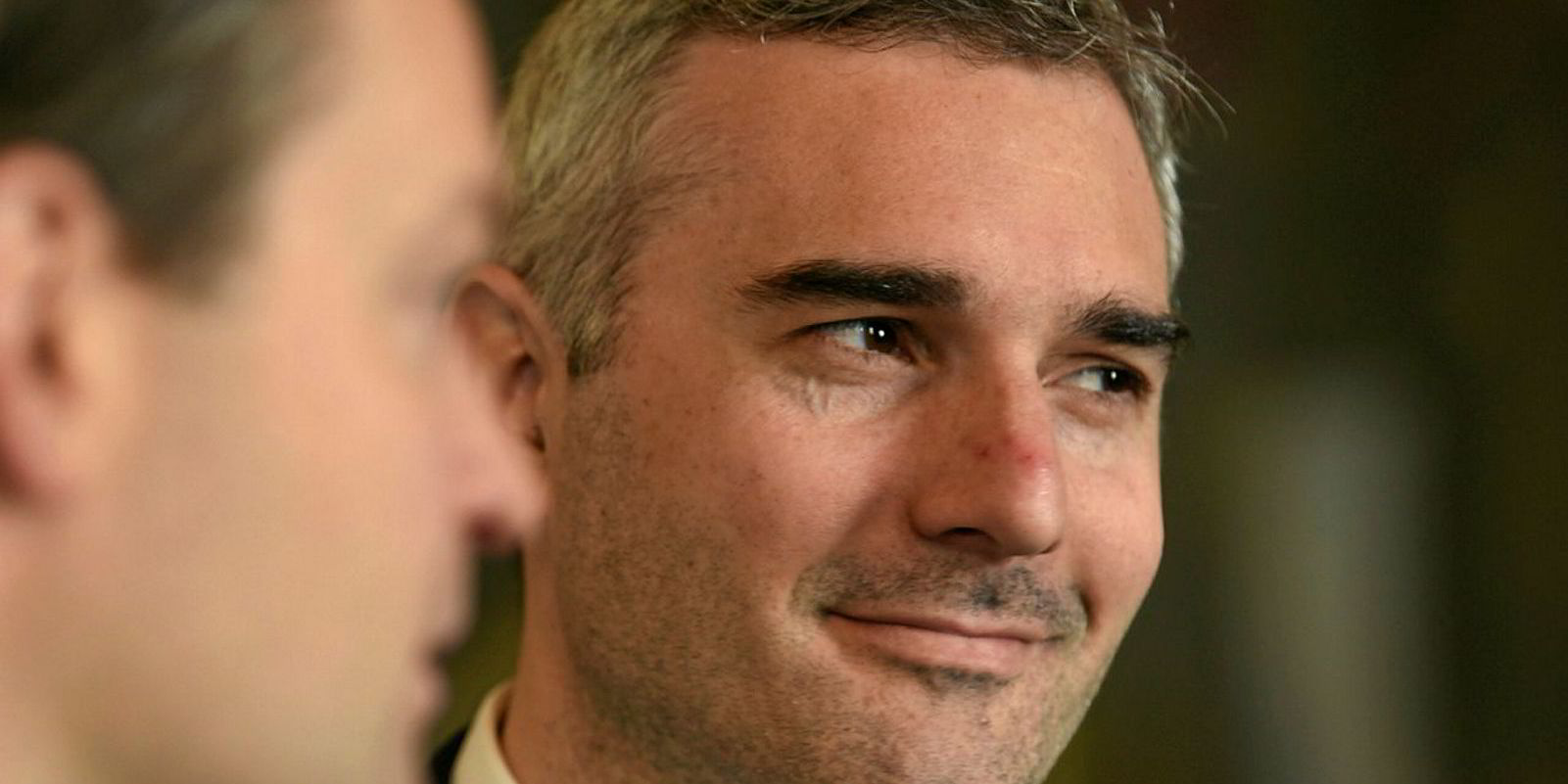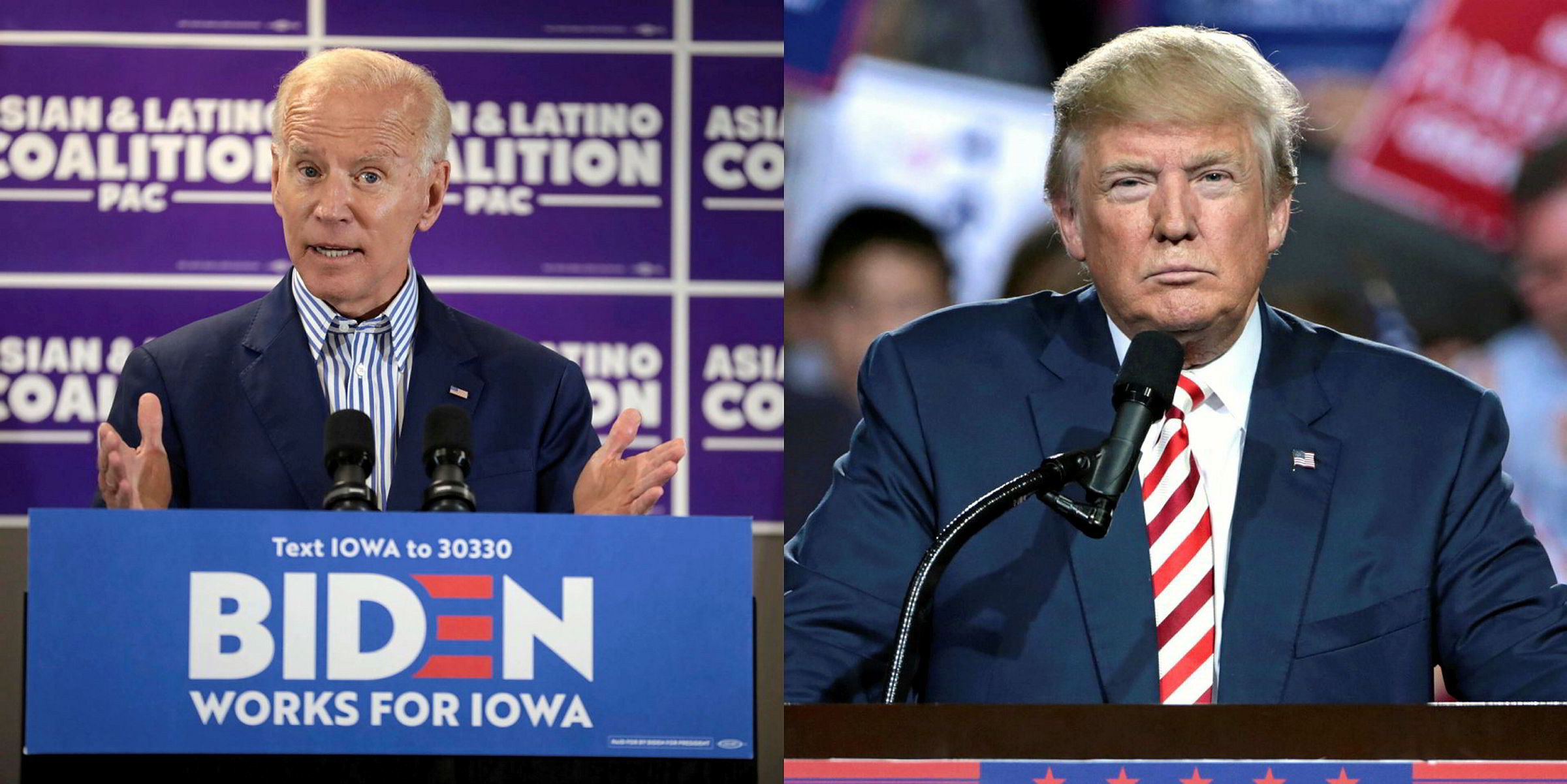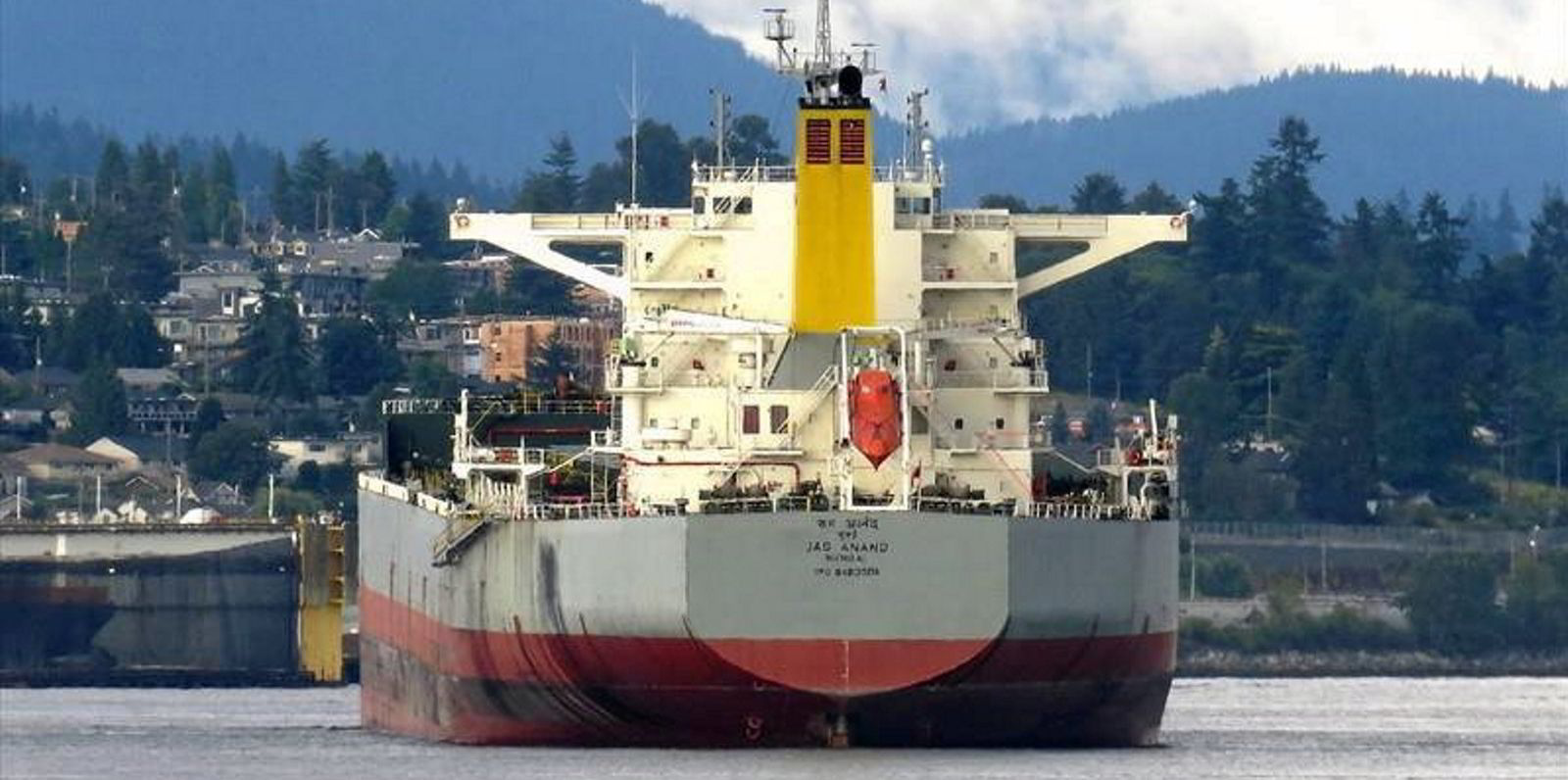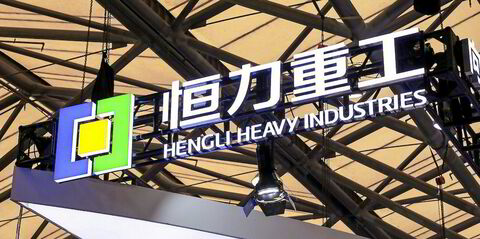A potential for increased LNG exports could balance out the anticipated surge in LNG newbuilding deliveries next year if cargo cancellations are held in check, according to Flex LNG.
Speaking in a third-quarter results call chief executive Oystein Kalleklev quoted US Energy Information Administration figures, which suggest US LNG production could grow by 16 million tonnes next year.
He said for shipping — which saw around 180 US LNG cargoes cancelled this year — fewer US cargo cancellations are “crucial” as when these are pulled to Asia they are shipping intensive.
Kalleklev said the additional US volumes could equate to two ships per tonne, or 32 vessels, which is equivalent to around two thirds of the almost 50 ships scheduled for delivery next year.
“2021 will be an exciting year for LNG shipping,” Kalleklev said.
No walk in the park
Totting up the new and restarting liquefaction for next year, he said Flex sees around 26 million tonnes of LNG growth in 2021.
Kalleklev said the key drivers for spot rates will be the winter weather and the shape of economic recovery.
He said the signals from the futures market is that gas prices are set to hold up in the first quarter of 2021, which would mean that there should not be any economic incentive for the large numbers of cargo cancellations seen this year.
“It is not like we think 2021 will be a walk in the park, given the high [LNG] inventory levels and the rather large orderbook of ships due for delivery next year. But we are confident that we are well positioned,” he said, highlighting the company’s modern fleet.
Kalleklev said the company is expecting an overall time charter equivalent (TCE) rate of $60,000 per day for 2020, which he said is well above the company’s TCE cash break-even of $47,000 per day.
He said Flex has already booked about two thirds of its available trading days for its vessels in the first quarter of 2021.
But he added that it is premature to give guidance of the TCE rate for this period.
Freedom coming
John Fredriksen-led Flex is due to complete the deliveries of its 13 speculatively-ordered LNG newbuildings by May 2021, with the handover of the remaining three vessels.
Kalleklev said the company was originally scheduled to take delivery of its eleventh newbuilding, the 173,400-cbm Flex Freedom, at the end of this month but has postponed the ship’s handover into early January.
He said this helps spread the dry-dockings of the company’s 13-ship fleet.
The CEO added that the company is now “actively marketing” Flex Freedom to potential clients.
He said the 174,000-cbm Flex Volunteer has completed sea and gas trials and can also be available in the same time frame but is currently slated for handover in February.
Kalleklev said the delivery of the 174,000-cbm Flex Vigilant at the end of May will complete the company’s newbuilding programme and boost its earnings capacity by 30% over the fourth quarter of this year.
Flex currently has six of its trading ships fixed on time charters, with the remaining four operating on the spot market.
Kalleklev described the stranded crew situation in the industry as “a humanitarian crisis”.
He said the company had introduced controlled quarantining, testing, an outbreak management plan and regular video conferencing with senior officers on board.
The CEO said the company had achieved “impressive results”, changing out 93% of its crew on time on their contracts in the May to October period. He said that of the 7% that are overdue on their contracts, 20% are less than 30 days over time while the remaining is less than 60 days.
Kalleklev said Flex has carried out two remote Ship Inspection Report Programme, or SIRE, inspections to keep certificates up to date as pandemic-related travel restrictions have made these difficult to achieve.
The company also undertook two class surveys and a change of management on a pair of ships remotely.
